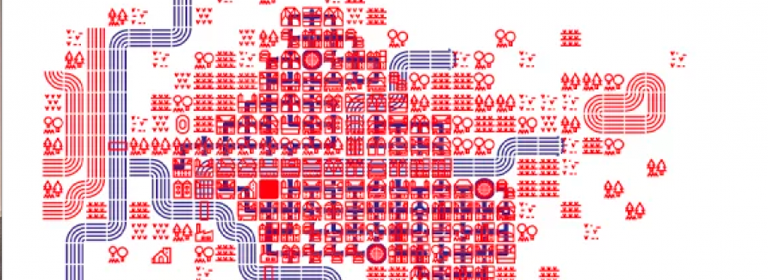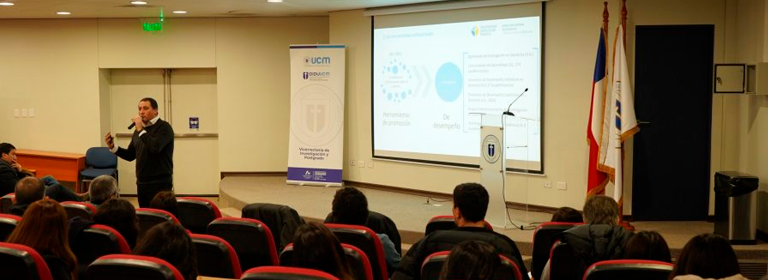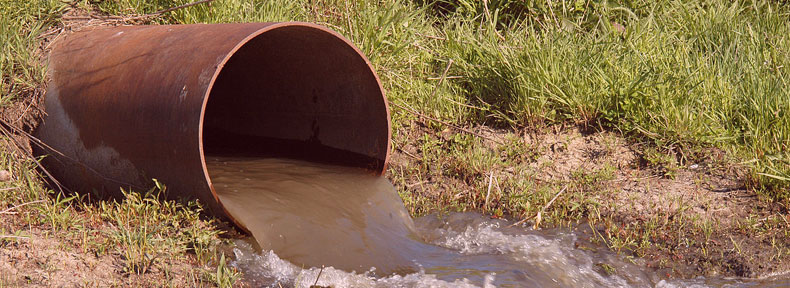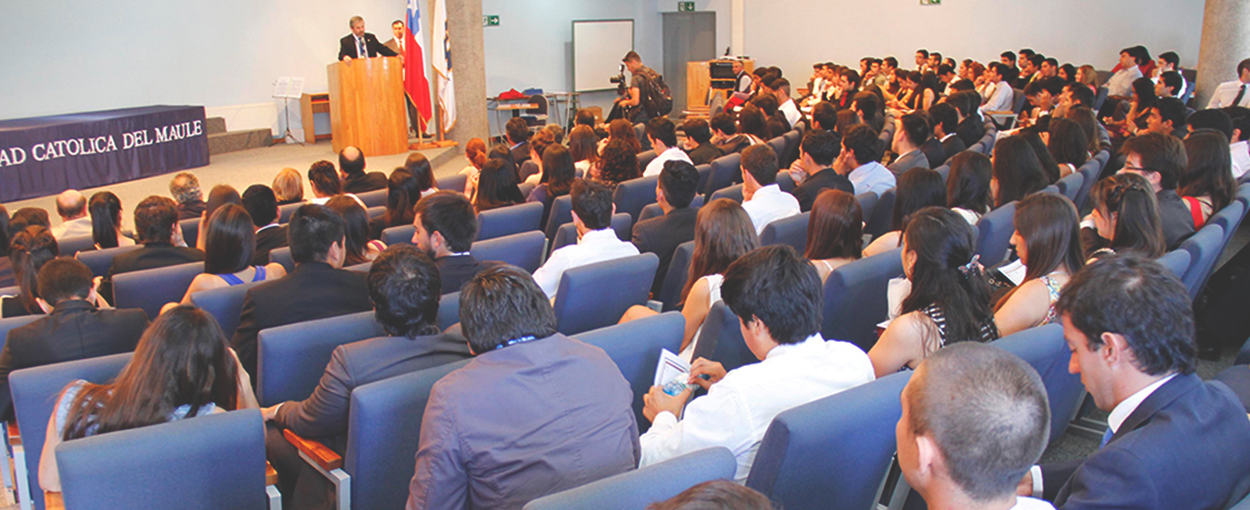“Dar curso al recurso,” written by academics from the UCM School of Architecture, reveals unknown details of the complex process carried out by Talca, the capital of Maule, to improve its underground infrastructure.
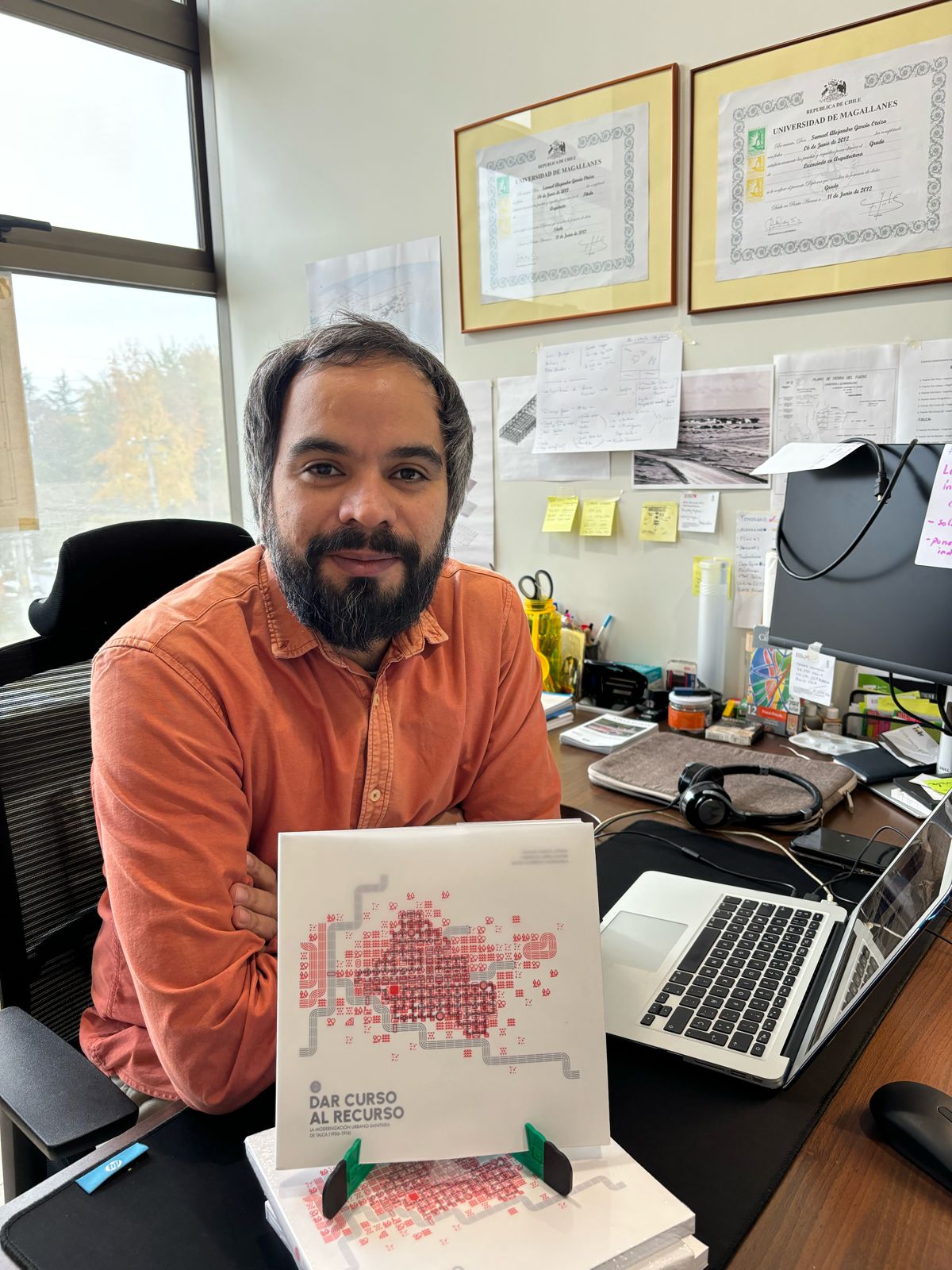 Full of hopes and contrasts, Talca began the convulsive 20th century in the midst of a growing migration from the countryside to the city and a strong tension between the dominant elite and the rural world.
Full of hopes and contrasts, Talca began the convulsive 20th century in the midst of a growing migration from the countryside to the city and a strong tension between the dominant elite and the rural world.
The increase in the urban population, the origin of different neighborhoods and the consolidation of a local aristocracy forced the modernization of the sanitary network.
“The modernization of the sewage and drinking water distribution system was carried out between 1906 and 1916, when the press of the time considered the work to be completed. The previous system consisted of irrigation ditches, which ran through the interior of the houses. As everything was connected, if one person had a bad practice, it affected the neighbor. There were also open cut irrigation ditches and distributing water inside them so that the waste could circulate was a problem, because there was not always water available and stagnation occurred. When the population began to grow, there was a sanitary urban collapse”, said Samuel García-Oteiza, PhD in Architecture, author of the book ‘Dar curso al recurso’, which explores the process of sanitation in the regional capital.
The work -published by Ediciones UCM- was supported by the Fondart Nacional de Investigación en Arquitectura, version 2022, and the company Nuevosur.
“In replacement of all the city’s irrigation ditches, a hermetic sewage system was installed, underground, with black and gray water circulation. The masonry ducts were eliminated and metallic pipes were installed. Up to that point, the drinking water distribution system was also very basic and did not reach everywhere due to topography. A radical decision was made to change all that,” said the Universidad Católica del Maule academic.
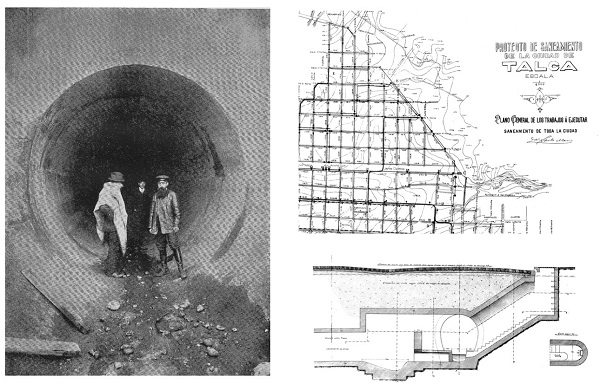 The book, in whose design, drawing and layout García-Oteiza’s colleagues Christian López and David Guerrero participated, highlights the articulation between the government and civil society in the face of the complex challenges of the time.
The book, in whose design, drawing and layout García-Oteiza’s colleagues Christian López and David Guerrero participated, highlights the articulation between the government and civil society in the face of the complex challenges of the time.
“When these works began, the Municipality of Talca was in charge and somehow found a common point with the citizens in the face of a problem that afflicted everyone, from the bottom to the top. Science and technology were made available. The lesson is that knowledge alone is not enough; infrastructure projects must involve all actors, even if they are not seen. Because one observes the city and takes care of what is above, such as Las Concentradas, the Municipal Market, the Bus Terminal and CREA, which are abandoned, but there is also a history beneath Talca that one does not even think about”, said the researcher.

